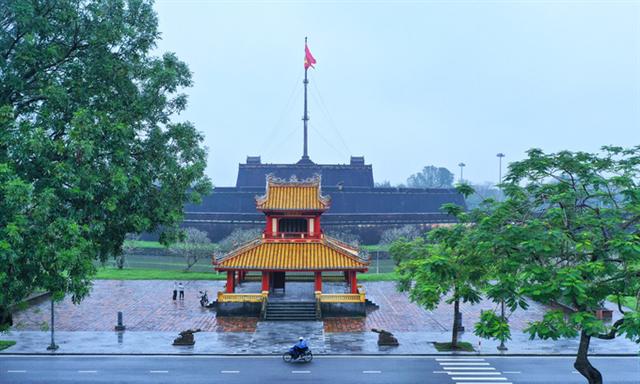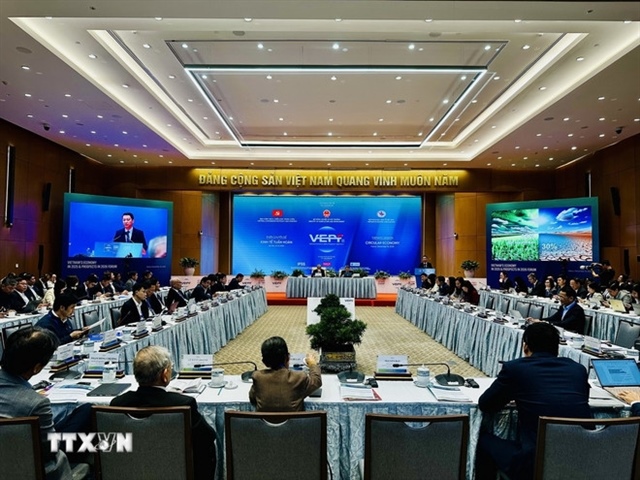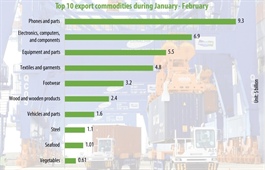Vietnam to upgrade three provinces into centrally-managed cities
Vietnam to upgrade three provinces into centrally-managed cities
Bac Ninh Province in northern Vietnam, along with central Khanh Hoa and Thua Thien-Hue provinces are expected to join a club of centrally-managed cities that already has five members.
Phu Van Lau, or Pavilion of Edicts, a famous relic in Thua Thien-Hue Province, November 2020. Photo by VnExpress/Vo Thanh.
|
Under a national urban classification plan for the 2021-2030 period approved by Prime Minister Nguyen Xuan Phuc, the three provinces would be upgraded into centrally-run cities, raising the total to eight.
Vietnam currently has five centrally-managed cities - the country's two biggest metropolises Hanoi and Ho Chi Minh City, and Hai Phong, Can Tho and Da Nang.
The Ministry of Construction said Khanh Hoa, home to popular beach town Nha Trang, has an advantage in tourism development, Bac Ninh has a high urbanization rate and is stepping up industrial production, and Thua Thien-Hue is famous for its culture and heritage.
To become a centrally-run city, localities must have a population of at least 1.5 million people, a natural area of 1,500 square kilometers or more, an average economic growth rate in the last three years akin to the national average, and a proportion of industry, construction and services of 90 percent.
The centrally-run cities hold significant importance in terms of Vietnam's politics, economy and culture and fall under direct government control. In these cities, infrastructure, science and technology, educational institutions and transportation have developed significantly.
Bac Ninh Province, 30 kilometers from Hanoi, is one of the country's major industrial hubs and home to foreign tech giants like Samsung and LG.
In 2020, despite difficulties and challenges posed by the Covid-19 pandemic, the province's gross regional domestic product (GRDP) still grew 1 percent to an estimated VND205 trillion ($8.8 billion), ranking 7th nationwide. Its per capita GRDP is estimated at VND144 million ($6,222), 2.1 times higher than the national average.
Thua Thien-Hue aims to become a centrally-run municipality by 2025 on the basis of preserving and promoting the ancient heritage and cultural identity of Hue, the seat of Vietnam's last ruling family, the Nguyen Dynasty (1802-1945).
The province achieved gross regional domestic product growth of 7.5-8.5 percent last year and a GRDP per capita of $3,500-4,000.
Khanh Hoa Province is known for its long beach and more than 200 islands. It currently has 40 science and technology research centers, more than 20,500 well-qualified staff, over 200 of them possessing postgraduate qualifications.



























